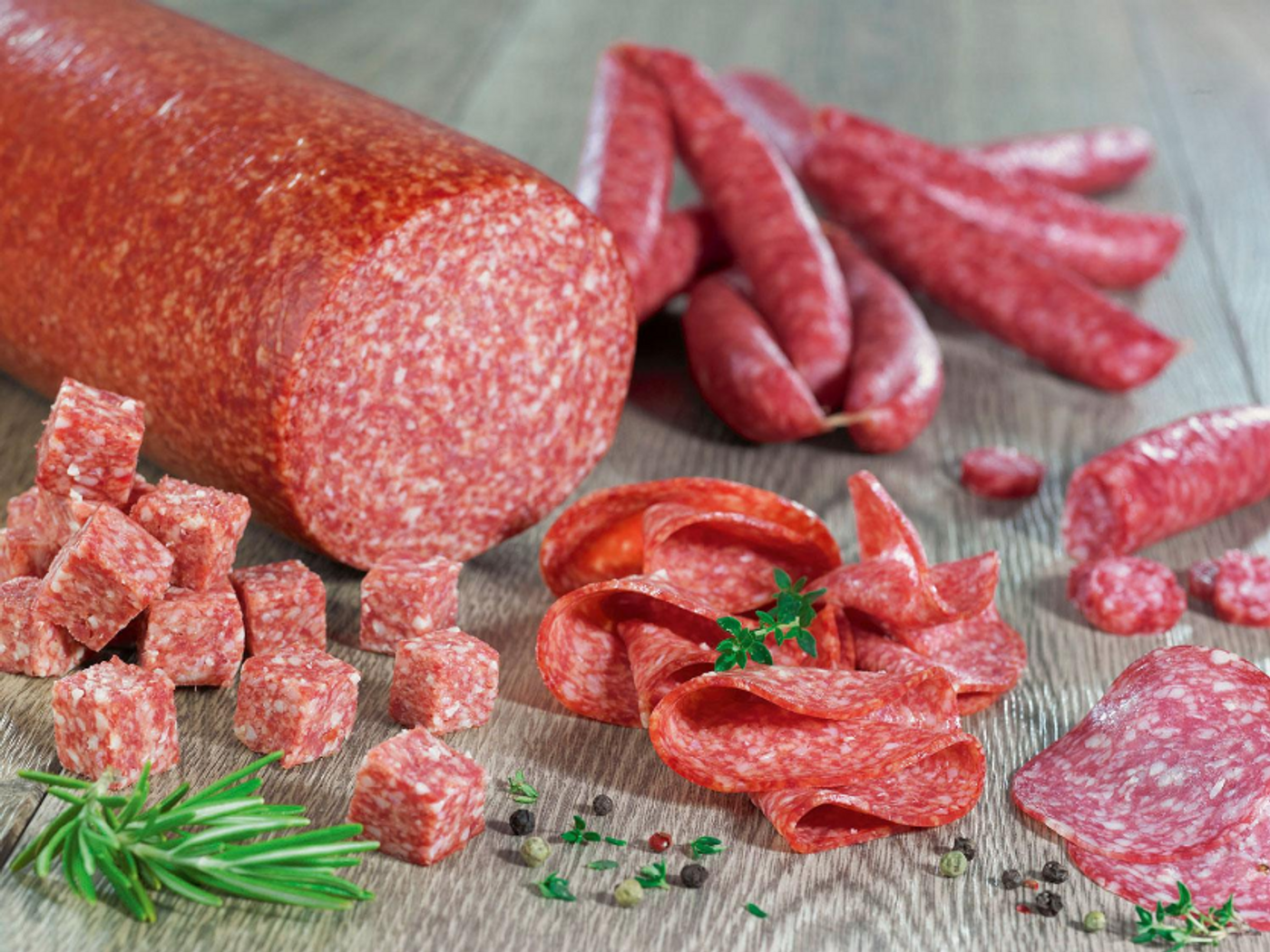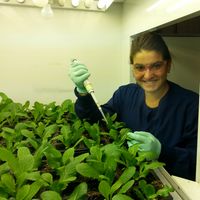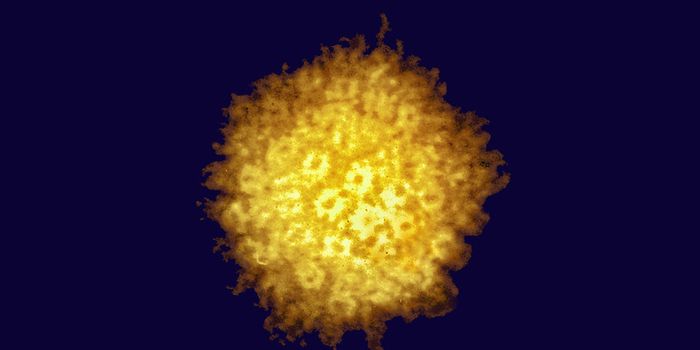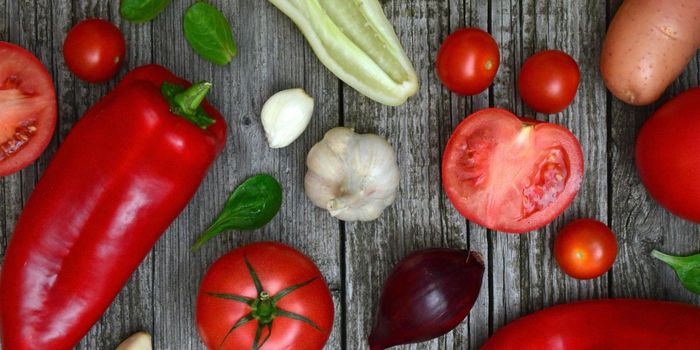Improving Meat Fermentation Using Next-Generation Sequencing
Fermentation can be described as a process that uses bacteria to make energy from carbohydrates in the absence of oxygen. Fermentations are used to make foods including bread, beer, wine, yogurt, cheese, and sausage. This process adds value to food products by producing specific flavors, carbonation, altering food texture, and increasing nutrient bioavailability.
Researchers found that specific species of bacteria present in spontaneous fermentations produce sausages of higher quality and better flavor compared to sausages fermented with commercial starter cultures. Credit: De Keyser
In meat specifically, carbohydrates, proteins, and lipids are metabolized by microbes to form volatile organic compounds (VOCs) which affect the flavor profile of the finalized product. Researchers from Italy sought to gain a better understanding of the microorganisms, metabolic pathways, and biochemical processes that improve the organoleptic qualities of sausage including taste, smell, texture, and mouth feel.
To answer this question, a meat batter made of pork, lard, salt, spices, coriander, nutmeg, cinnamon, sucrose, nitrate, salt, and wine was formulated in a local meat factory to produce Felino type sausages. The meat batter was either allowed to ferment naturally or was inoculated with a commercial starter culture composed of Lactobacillus sakei and Staphylococcus xylosus. The meat batter was then stuffed into synthetic casings and placed in a climatic chamber to ferment for 3, 7, and 40 days. The authors of the study utilized next generation sequencing coupled with gas chromatography to determine which microbes produced specific VOCs and therefore, ideal flavor profiles.
It was determined that the commercial starter cultures used to inoculate the meat batter were overactive in the fermentation process resulting in the production of acetic acid and short chain fatty acids. This type of fermentation produced an undesirable product that tasted “pungent, vinegary, cheesy, and weedy”. These products were found to have an increased density of Staphylococcaceae species.
Sausages produced by spontaneous fermentation are already primed by bacteria that are endemic to the meat in the sausage. This type of fermentation produced more desirable sausages due to the development of medium and long chain fatty acids. These sausages were found to have more desirable flavors described as “fruity wine, waxy sweet apricot, and banana brandy”. The most abundant bacteria in these fermentations were Lactobacillus sakei and Lactobacillus curvatus.
Future research including whole genome sequencing, metagenomics, and metabolomics will allow scientists to gain a deeper understanding on the fermentation process. This will allow food scientists to control the microbiota in meat fermentations in order to produce safe meat products of high quality.
Sources: Applied and Environmental Microbiology, ASM Communications, Food Microbiology: An Introduction









